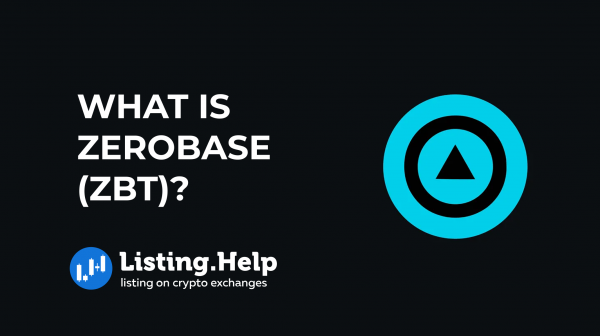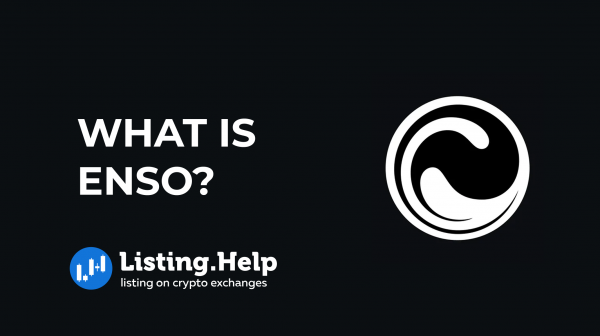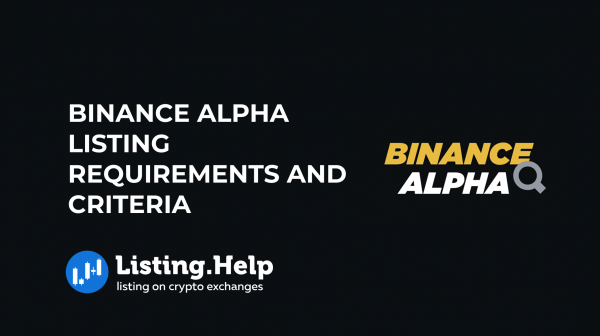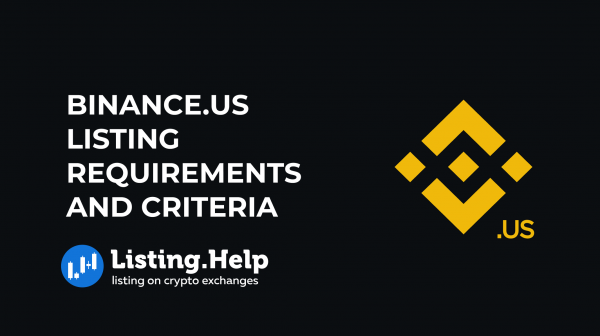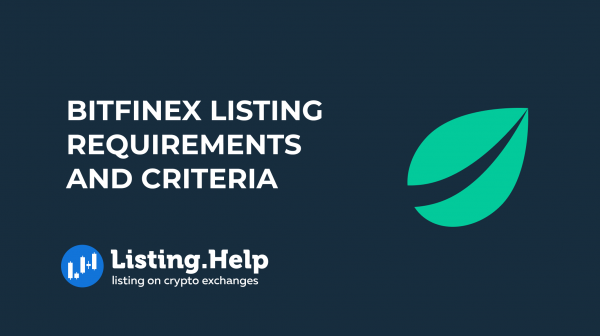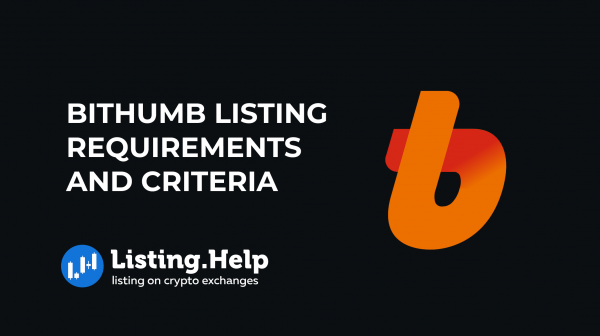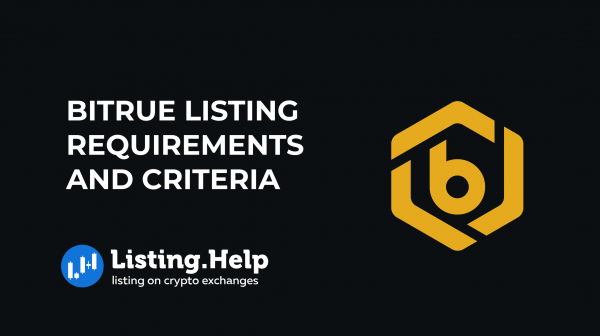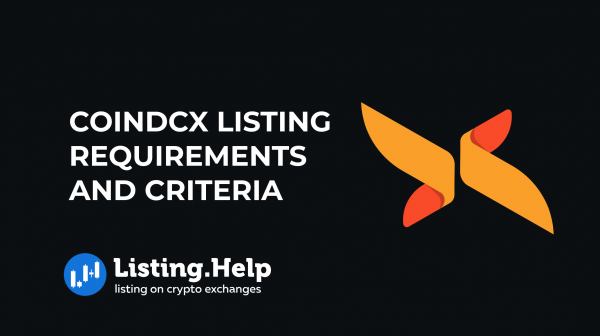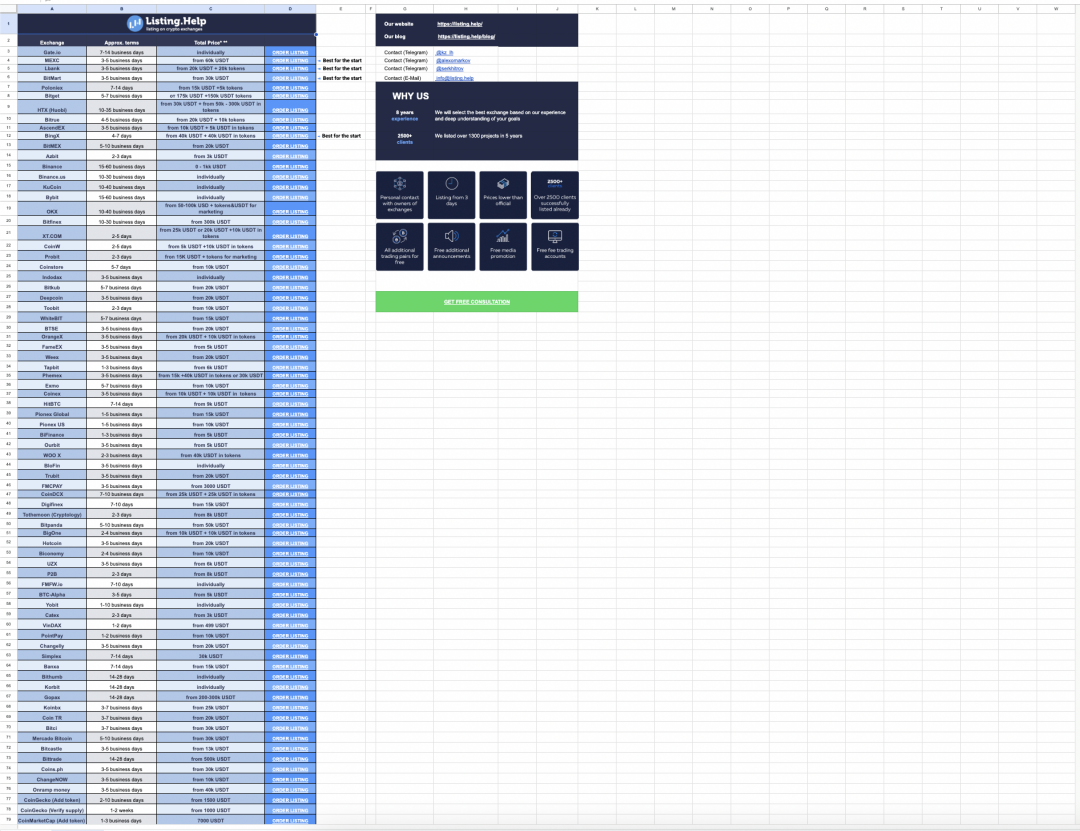Gate (Gate.io) Listing Cost — How Much Does It Cost to List a Token in 2025?
 October 19, 2025
October 19, 2025 Updated: October 20 2025, 10:01
Updated: October 20 2025, 10:01
LEAVE A REQUEST
Launching your own token project? Our experts are ready to help with listing on exchanges, market making, marketing and other solutions
SUBMIT APPLICATIONGate has become a go‑to exchange for innovative altcoins, IDO/IEO graduates, and growth‑stage projects seeking rapid access to liquidity. With a wide retail audience and frequent new listings, Gate offers strong discoverability for emerging tokens.
This guide explains realistic Gate (Gate.io) listing costs in 2025, what influences fees and timelines, and how teams can prepare an application that moves quickly through review.
What Is the Gate.io Listing Cost in 2025?
Based on the market experience and our recent cases, the Gate listing fee is in the range of $200,000 to $250,000. This fee covers exchange‑side evaluation and onboarding. Expect additional budgets for liquidity, security, and marketing to complete the launch.
Clarify budget terminology for planning:
– Listing fee: payment to Gate for evaluation/integration.
– Listing price: total launch budget including fee, liquidity, audits, and PR.
– Listing cost: practical umbrella term covering both fee and supporting budgets.
Typical supporting budgets include:
– Liquidity & market making: $15K–$60K depending on pairs and depth.
– Security & compliance: audits, legal review, KYC/KYB.
– Marketing & awareness: PR, KOLs, campaigns, and integration announcements.
What Shapes Gate Listing Fees and Timelines?
Gate applies a structured review that prioritizes real demand and safety. Pricing and speed are influenced by:
– Liquidity potential and realistic volume projections on target pairs.
– Audit quality and remediation notes (recognized firms).
– Compliance posture and KYC/KYB of founders and core team.
– Community traction and on‑chain usage vs. vanity metrics.
– Utility, integrations, and ecosystem fit (wallets, partners, DeFi use cases).
– Reputation and prior exchange performance (depth, spreads, retention).
Gate‑Specific Nuances: Startup/Launchpad and Listing Velocity
Gate Startup (the exchange’s launchpad) and frequent listing cycles help emerging tokens reach retail audiences quickly. Projects with verified audits, responsible tokenomics, and active communities typically progress faster and secure better visibility on launch calendars.
Gate (Gate.io) Listing Requirements (2025 Checklist)
Before applying, align your dossier with Gate expectations:
✅ Audited smart contracts with fixes documented.
✅ Transparent tokenomics (supply, unlocks, vesting) and lawful token model.
✅ Registered entity and compliance documentation.
✅ KYC‑ready founders and accountable public communication.
✅ Sustained community presence and authentic engagement metrics.
✅ Liquidity plan (pairs, depth targets, MM partner, risk guardrails).
✅ Technical docs, explorer links, and integration details.
How to List a Token on Gate (Gate.io) — Step‑by‑Step
A practical overview of the Gate.io listing process in 2025:
1) Assemble your package: audits, whitepaper, tokenomics, legal docs, pitch deck.
2) Apply via Gate’s token listing form or through a verified partner channel such as Listing.Help to ensure a higher quality and faster launch.
3) Complete KYC/KYB and compliance review for founders and key team members.
4) Undergo technical evaluation and sandbox checks for integration readiness.
5) Prepare liquidity across planned pairs with MM coordination and risk limits.
6) Coordinate announcement, go‑live, and post‑listing monitoring/optimizations.
Learn more about adding your token to Gate in our other article.
Gate vs. Other Exchanges — Price and Fit
How Gate.io’s typical fee benchmarks against peers:
| Exchange | Typical Listing Fee | Best Fit |
| Binance | $300K – $850K | Large, de‑risked projects with global scale |
| OKX | $300K – $500K | Growth‑stage projects with strong compliance |
| Bybit | $150K – $250K | DeFi/GameFi tokens and emerging mid‑caps |
| KuCoin | $150K – $200K | Community‑driven altcoins and mid‑caps |
| Gate | $200K – $250K | New and mid‑cap tokens seeking faster access to liquidity |
Timeline and Practical Tips
Serious applications typically follow this cadence:
– Week 1–2: Submission acknowledgment and initial screening.
– Week 3–4: Compliance review and clarifications.
– Week 5–6: Technical validation and liquidity setup.
– Week 7+: Listing date coordination and go‑live.
Acceleration tips: English‑first documentation, verified usage data, and fast responses to reviewer requests.
With an agency like Listing.Help, you can get listed on an exchange faster.




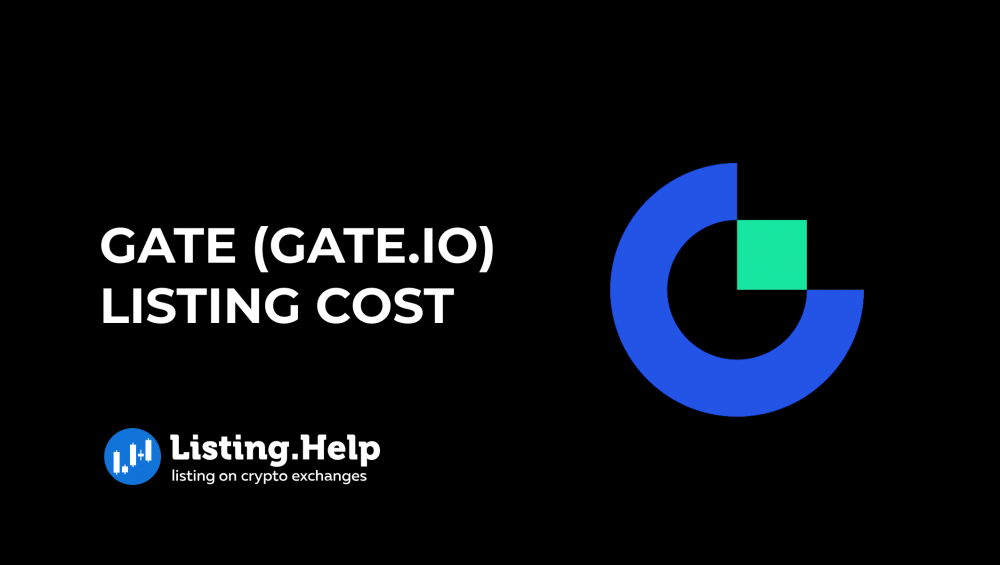


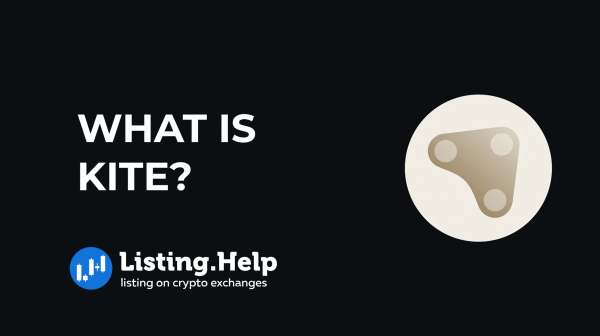
 December 3, 2025
December 3, 2025 